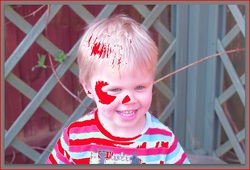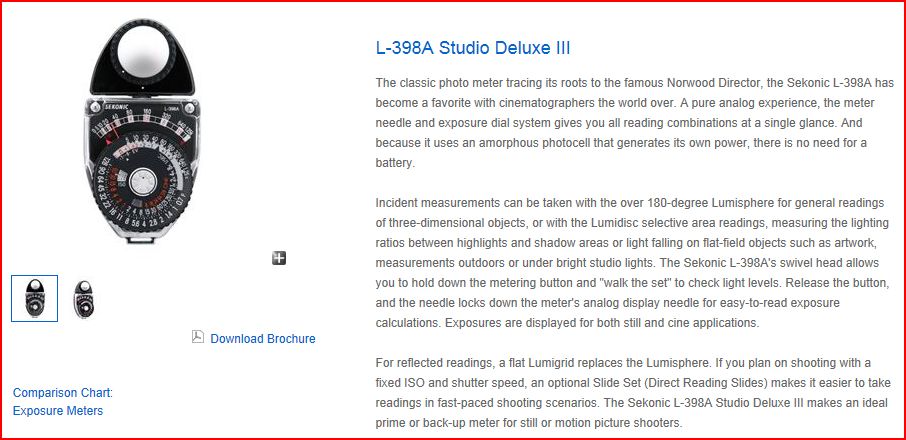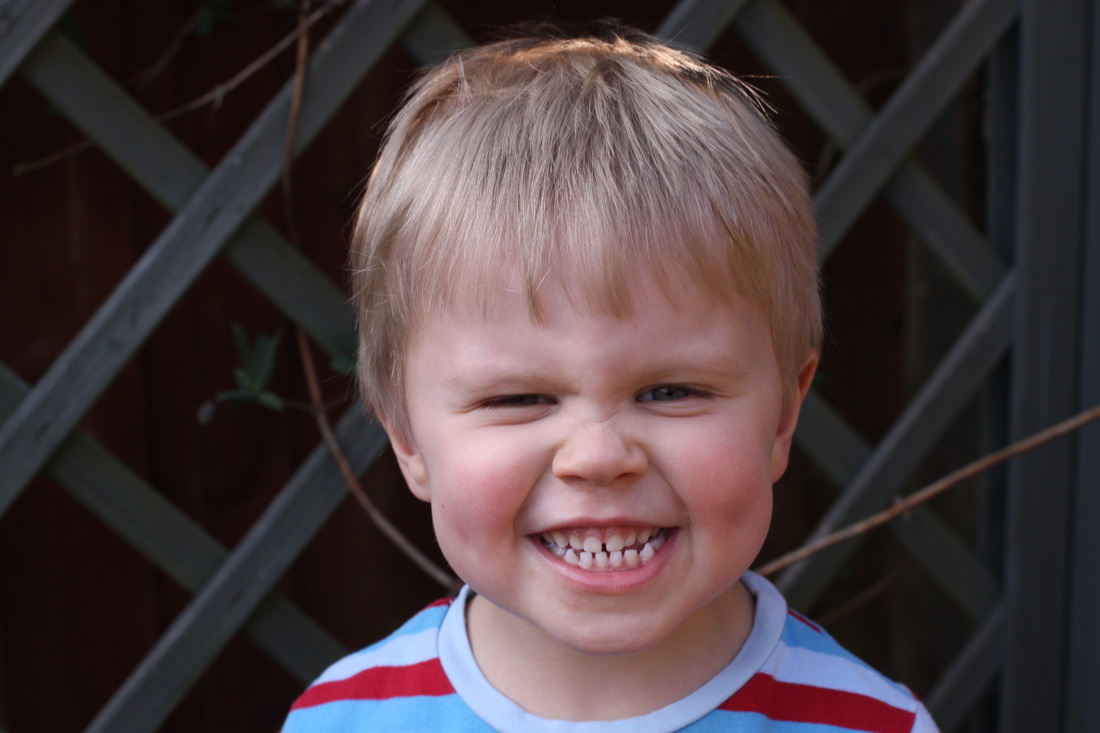I have treated myself to a Sekonic light meter. How hard is it to use an analogue instrument ? I spent a whole evening and the next day just trying to work out how to use it !!!!! Anyway the penny has finally dropped I am glad to say , but why have I chosen to use a light meter when my digital camera has through the lens metering?
A problem with the camera's TTL meter is how it sees and measures light: using reflected meter readings it is easily fooled into over or under exposing images,
hence whites becomes dingy , blacks lose their rich deep tones. Without using an incident light meter it is easy to remedy this TTL metering foible by simply increasing exposure for a lighter than average subject ,decreasing for darker, and possibly bracket the shots as an extra precaution.Perhaps the most important factor to successful photography is learning how to use light effectively and creatively, by measuring ambient not reflected light the Sekonic meter can (hopefully) be used to help me take more accurate exposures in tricky situations. I realise that it will not always be practical to use the hand held meter, but in a controlled situation with plenty of time I shall be using it.
http://www.sekonic.com/
area of my garden.
Outdoors
F5.6 @ ISO 100: TTL exposure 1/40
F5.6 @ ISO 100: Light meter exposure 1/125
I am really happy with the result because with little effort on my part the light meter has made a better job of allowing me to make the correct exposure for the main
subject--William. This is a jpeg image without any further post processing but I shall probably still bracket shots when I am not 100 % certain and do not want to lose the opportunity to obtain a good well exposed shot in camera.

Clipped areas in red


 RSS Feed
RSS Feed